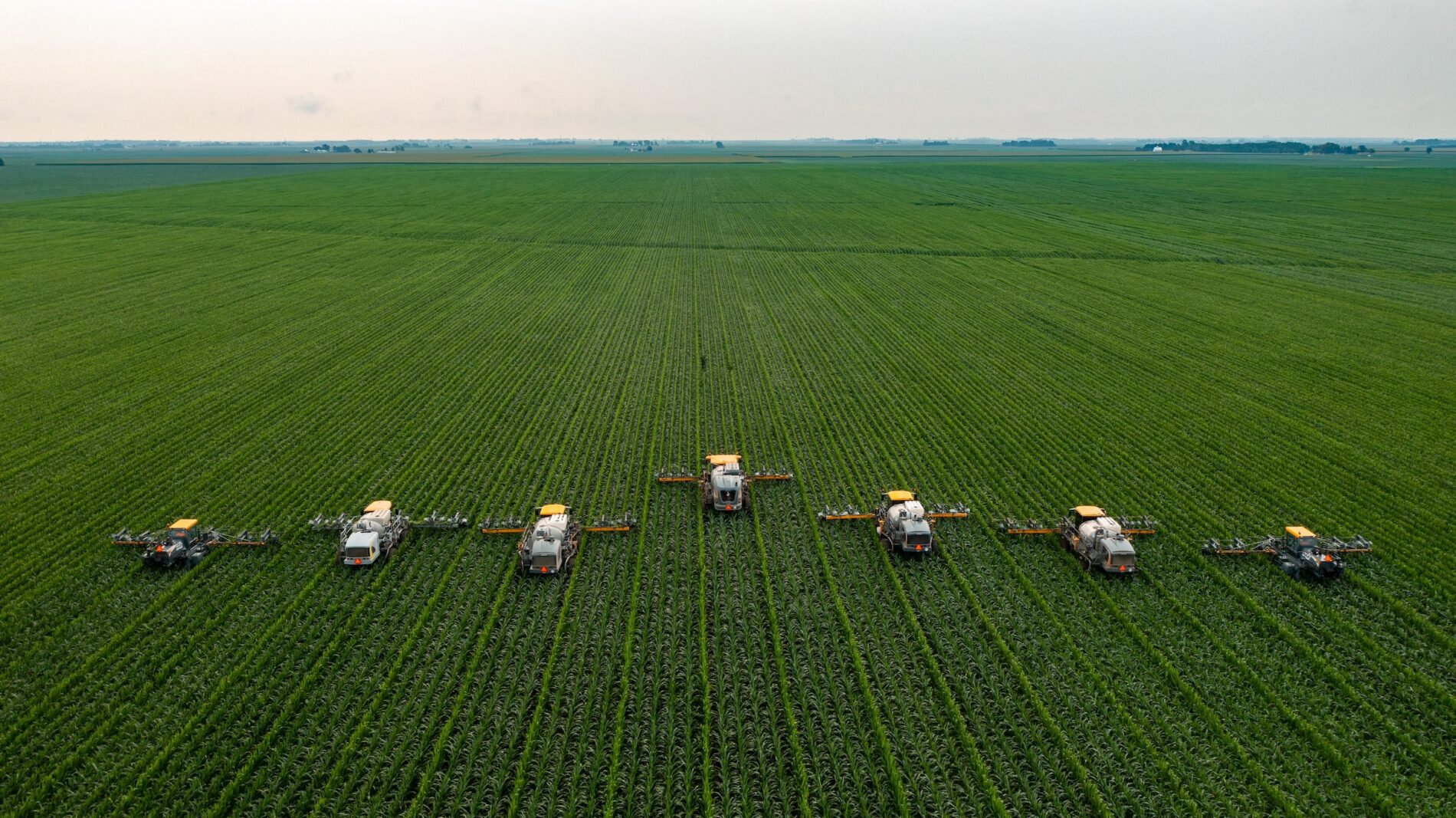Optimize Crop Development and Return With Costs Water Soluble Polymers for Farming
Costs water-soluble polymers have arised as an encouraging tool in this search, offering an array of benefits that can revolutionize the way we come close to plant farming. By attending to important aspects such as soil structure, water retention, and nutrient distribution, these polymers have the possible to unlock new degrees of effectiveness and yield in agricultural production.
Benefits of Water-Soluble Polymers
Water-soluble polymers use a variety of benefits in farming applications, improving dirt framework and water retention effectiveness. These polymers, when applied to the soil, can considerably enhance soil aggregation, decreasing erosion and boosting total dirt health and wellness. By improving soil structure, water-soluble polymers develop an extra desirable setting for origin development and advancement, inevitably bring about boosted plant yields.

Improved Soil Structure
Provided the demonstrated advantages of water-soluble polymers in improving soil quality and water retention, a crucial element that stands out is the significant influence these polymers have on restructuring the dirt structure. Costs water-soluble polymers play a critical function in improving dirt structure by advertising soil gathering and stability. By boosting dirt structure, water-soluble polymers assist stop soil compaction, which can limit origin development and water activity.
Boosted Water Retention
Improved water retention can be accomplished via the use of premium water-soluble polymers in farming practices. These polymers have the one-of-a-kind capacity to soak up and preserve large amounts of water within the dirt profile, producing a storage tank that plants can access throughout periods of water stress.
Costs water-soluble polymers operate by developing a gel-like structure when combined with water, raising the soil's water-holding ability and lowering water loss via evaporation and overflow. This boosted water retention not only enhances plant resilience to dry spell conditions however additionally decreases the frequency of watering, resulting in water preservation and price savings for farmers.
Reliable Nutrient Distribution
With the structure of boosted water retention currently established, the emphasis moves in the direction of optimizing agricultural practices through the efficient delivery of nutrients to plants for continual development and performance (Agriculture). Effective nutrient delivery is crucial in making best why not try these out use of crop returns and making certain plant health. Water-soluble polymers play a crucial role in this process by promoting the regulated launch of essential nutrients to the plants' root systems
One key benefit of utilizing costs water-soluble polymers for reliable nutrient distribution is their capability to bind with nutrients, such as phosphorus, nitrogen, and potassium, stopping seeping and drainage. This ensures that the plants obtain a steady and constant supply of nutrients, minimizing wastefulness and ecological effect.
Moreover, these polymers can improve nutrient uptake effectiveness by advertising origin development and enhancing dirt framework (Agriculture). By producing a beneficial setting for root development, water-soluble polymers aid plants accessibility nutrients a lot more successfully, bring about much healthier plants with enhanced resistance to stressors like drought or illness
Maximizing Crop Returns
These polymers play a crucial duty in improving dirt structure, our website water retention, and nutrient absorption, inevitably leading to improved plant development and advancement. By incorporating water-soluble polymers right into their watering practices, farmers can ensure that plants get a constant and adequate water supply, even during periods of dry spell or water scarcity.
Additionally, water-soluble polymers help in reducing dirt disintegration, decrease nutrient leaching, and promote origin advancement, all of which contribute to greater plant yields. By forming a protective film around plant origins, these polymers improve nutrient uptake effectiveness and protect plants from ecological stress factors. Furthermore, making use of costs water-soluble polymers can boost the overall wellness and resilience of crops, leading to raised yields and improved farming sustainability.
Verdict

These polymers, when used to the soil, can dramatically boost dirt gathering, reducing disintegration and raising general dirt health.Offered the demonstrated advantages of water-soluble polymers in enhancing dirt quality and water retention, an essential aspect that stands out is the significant impact these polymers have on reorganizing the soil make-up. Costs water-soluble polymers play a critical duty in boosting dirt structure by advertising dirt aggregation and security. By enhancing soil structure, water-soluble polymers aid stop dirt compaction, which can restrict origin growth and water activity. These polymers have the distinct capacity to absorb and retain huge quantities of water within the soil account, developing a tank that plants can access during durations of water stress.